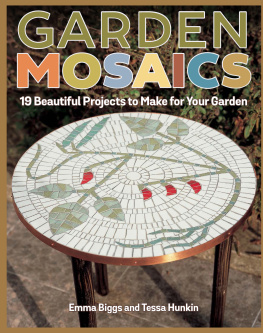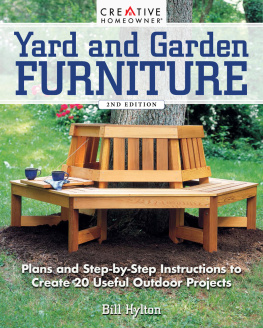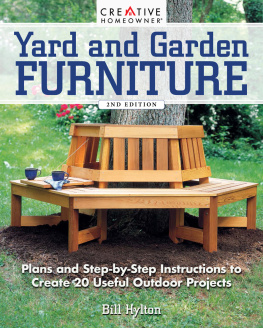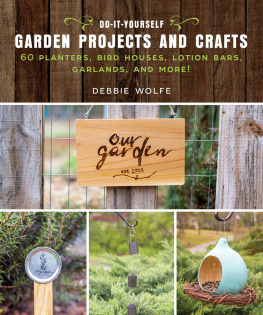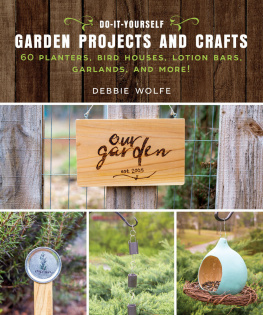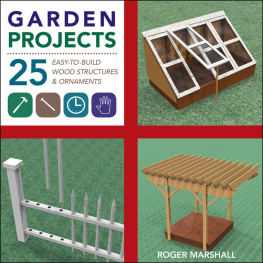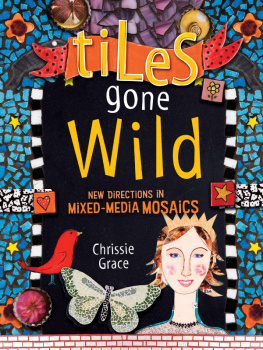Toc
Guide

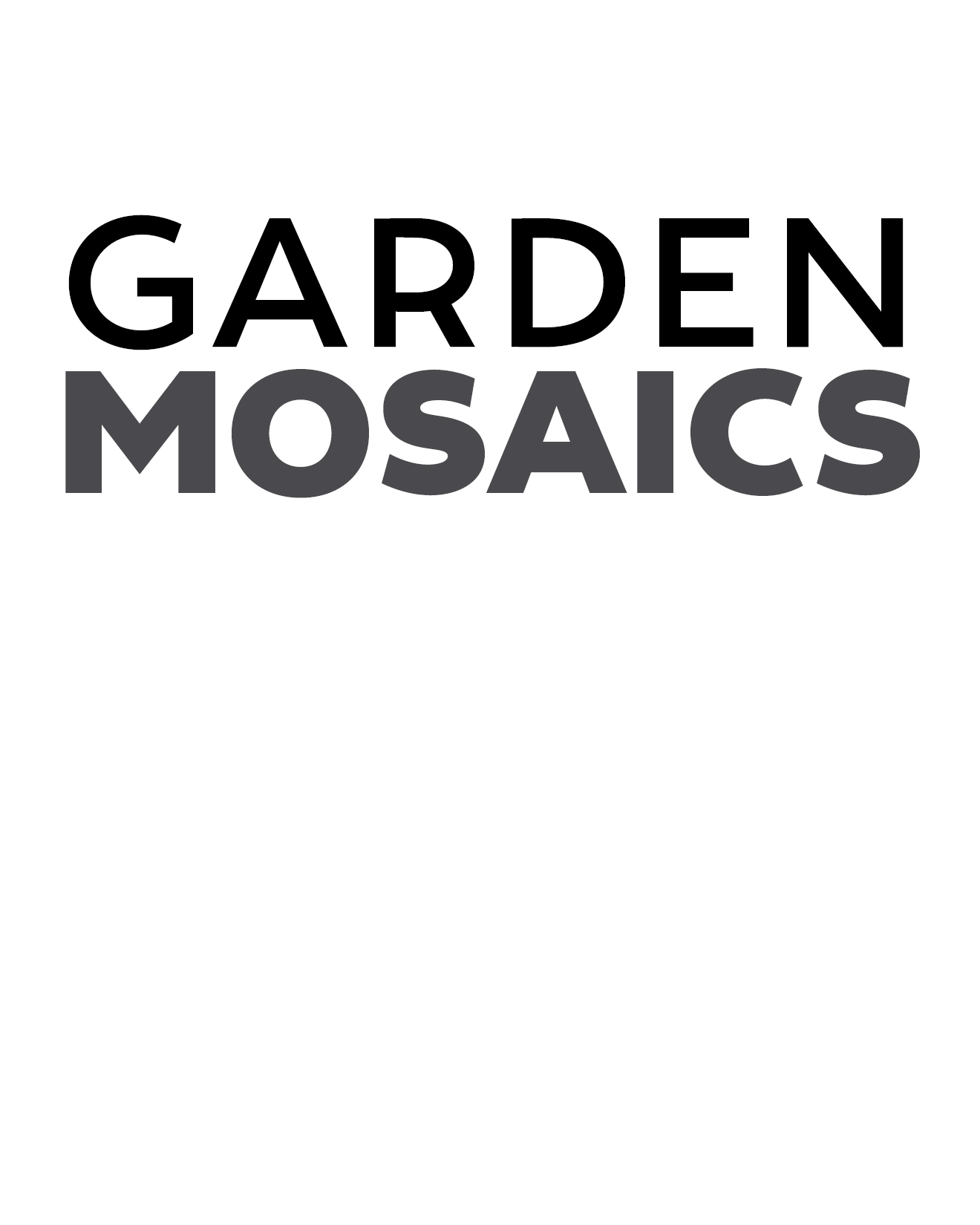
2009, 2020 by Emma Biggs, Tessa Hunkin, and Fox Chapel Publishing Company, Inc., 903 Square Street, Mount Joy, PA 17552.
Garden Mosaics was first published in 2009 by New Holland Publishers (UK) Ltd. This version published in 2020 by Fox Chapel Publishing Company, Inc. The patterns contained herein are copyrighted by the author. Readers may make copies of these patterns for personal use. The patterns themselves, however, are not to be duplicated for resale or distribution under any circumstances. Any such copying is a violation of copyright law.
For a printable PDF of the patterns used in this book, please contact Fox Chapel Publishing at , quoting the ISBN and title of this book, as well as the pattern or patterns required.
ISBN 978-1-4971-0074-9
Library of Congress Control Number:2019950523
To learn more about the other great books from Fox Chapel Publishing, or to find a retailer near you, call toll-free 800-457-9112 or visit us at www.FoxChapelPublishing.com.
We are always looking for talented authors. To submit an idea, please send a brief inquiry to acquisitions@foxchapelpublishing.com.
Printed in Singapore
First printing
Because working with the materials mentioned herein for creating mosaics inherently includes the risk of injury and damage, this book cannot guarantee that creating the projects in this book is safe for everyone. For this reason, this book is sold without warranties or guarantees of any kind, expressed or implied, and the publisher and the author disclaim any liability for any injuries, losses, or damages caused in any way by the content of this book or the readers use of the tools needed to complete the projects presented here. The publisher and the author urge all readers to thoroughly review each project and to understand the use of all tools before beginning any project.

CONTENTS
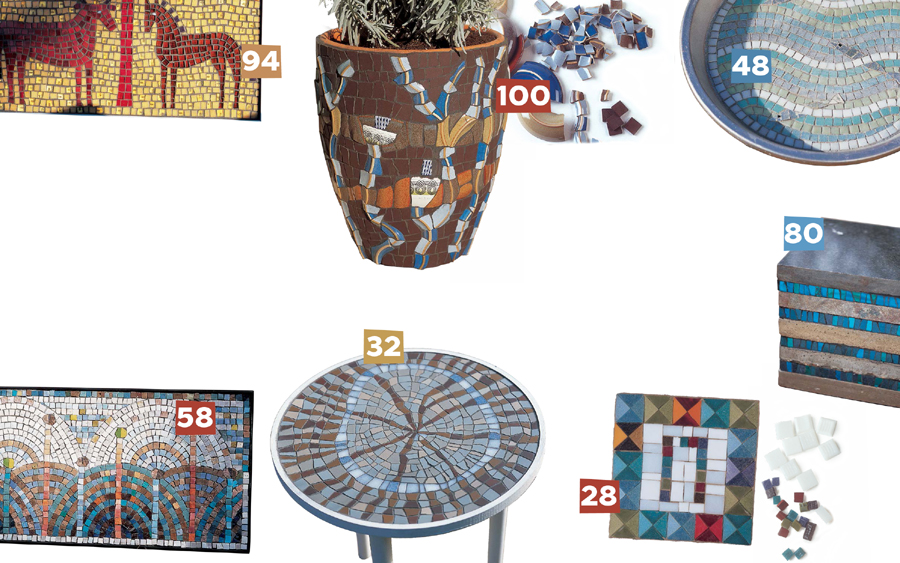
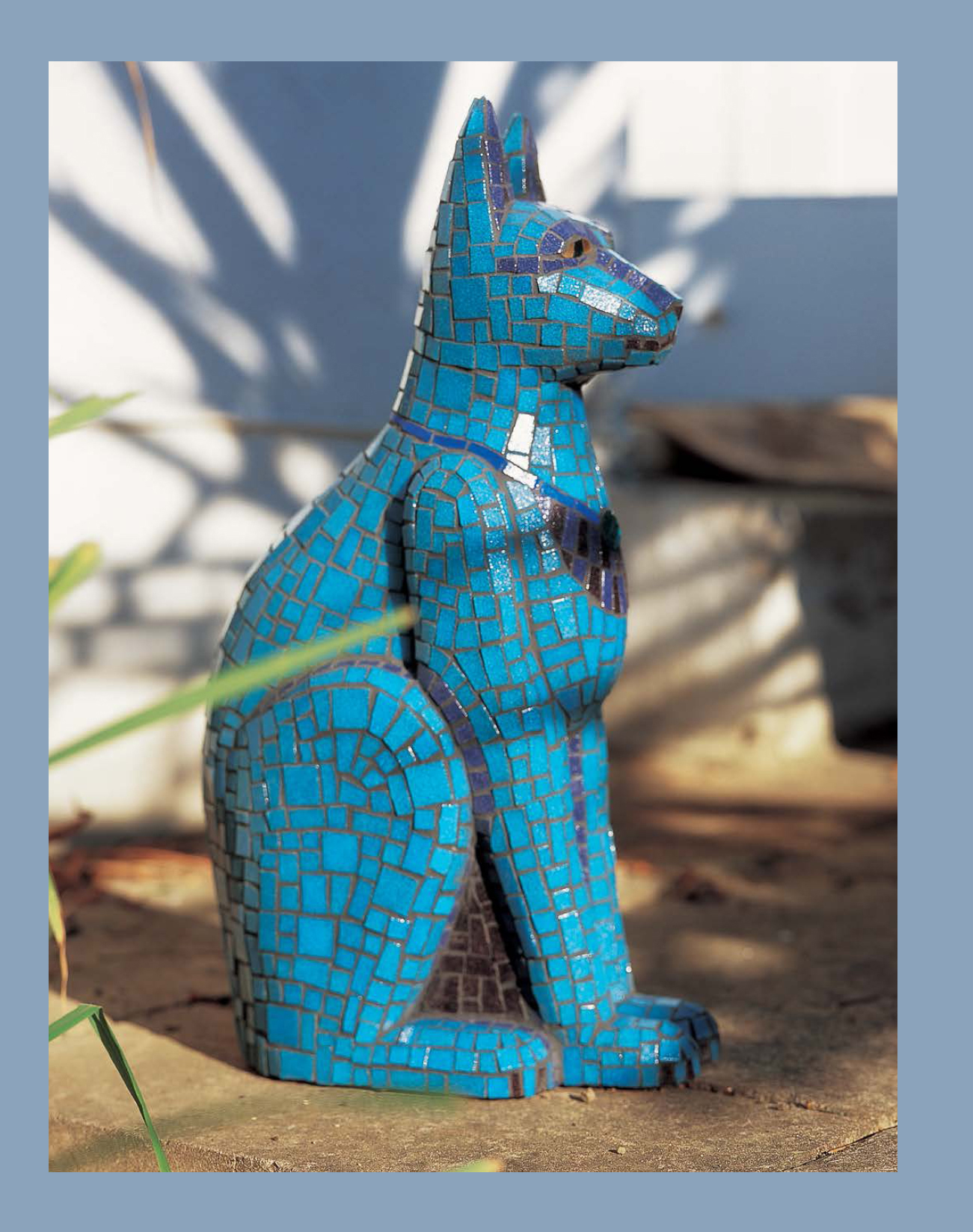
INTRODUCTION
Mosaic is a fascinating and distinctive form of art and decoration. It has a long and glorious history that is still visible in the great mosaics of the Classical and Byzantine worlds, and their remarkable preservation is evidence of the durability and permanence of mosaic art. These same qualities make it an ideal technique for use in outdoor situations where other art forms, such as painting or ceramics, would quickly fade and crumble. This book aims to provide all the information necessary to make outdoor mosaics that will survive the challenges of the weather and add interest and delight to the garden. Mosaics can be used to decorate areas of paving and paths, or to add color to walls throughout the year, complementing the surrounding plants in summer and providing a visual focus during the dull, bare days of winter. Mosaic can also be used to great effect on three-dimensional objects, such as seats, pots, and sculptures.
The book is arranged around a series of step-by-step projects that offer a wide variety of applications and techniques. There are simple projects suitable for complete beginners, as well as more complex ones to inspire and stretch those with previous experience. The projects also illustrate a diverse range of design approaches, demonstrating how different mosaic materials can be arranged and combined to create both abstract effects and representational images. The initial design of a piece is very important and should aim to make the most of all the interesting and unique possibilities of mosaic color, texture, laying, and grouting. The information and advice given in the projects on these subjects is also intended to help readers create successful designs for their own mosaic pieces. The different techniques described in the projects are clearly demonstrated with detailed advice about how to make a mosaic weatherproof and long lasting, and this technical information can also be applied to readers own designs. There is also a comprehensive chapter at the front of the book that brings together all the vital information on materials, tools, and techniques, providing an indispensable source of reference for all the practical aspects of making mosaics for the garden.
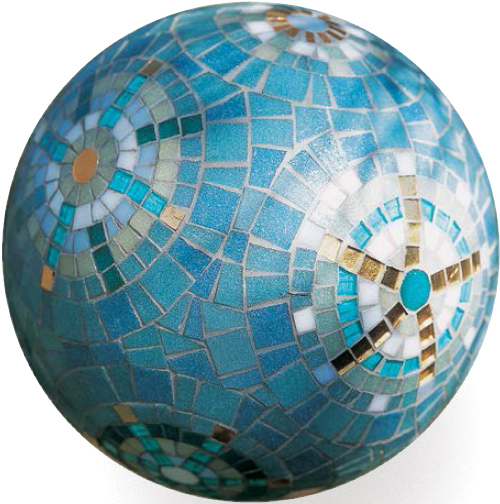
MATERIALS
Mosaic can be made of any material that comes in small pieces or that can be easily broken or cut, but garden mosaics must be able to withstand both the effects of water and extreme temperatures. Outdoor mosaics must therefore be made of hard materials such as stone, glass, and ceramic, which are impervious, frost proof, and do not expand greatly when hot. These materials are all available in small sizes, which makes them easy to cut, and if properly fixed will produce durable and hard-wearing surfaces.
Glass
Vitreous glass

This is one of the most readily available mosaic materials, and it offers a wide range of both subtle and bright colors. The tiles are of a uniform size of in. (2 cm) square by in. (4 mm) thick and are manufactured in molds that give a flat face and a ridged back to provide a key for the adhesive. They are generally opaque and colored uniformly throughout and are also supplied on square paper-faced sheets of 15 tiles. There is a range of colors called gemme that are shot through with a gold vein. Both ordinary and double-wheel tile nippers can be used for cutting, and care should always be taken when sweeping up the splinters, as they can be sharp.
Stained glass

Sheets of colored glass can be cut up to form mosaic pieces by cutting strips with a glass cutter and then nipping across with tile nippers. They will be thinner than vitreous glass, at / to / in. (1 to 2 mm) thick, and the appearance of translucent glass will be altered by the adhesive and backing material. It is therefore a particularly suitable material for translucent panels on glass backings and for sticking to mirrors using translucent adhesive.
Gold, silver, and mirror

Traditionally, gold and silver mosaics are made by laying metallic leaf over glass and then protecting the surface with a further layer of very thin glass. The backing glass is green and blue, and these reverse faces have a depth and shine that can also be used very effectively. Slightly cheaper metallic tiles are also available with a clear glass face and a protective coat of varnish on the back, but these are not so stable in outdoor conditions and may tarnish over time. Mirror tiles with plain and sandblasted finishes can also be used, although the silvering will not last forever in exterior locations and may be affected by chemical reaction with cement-based adhesives. All these tiles can be cut with nippers, although more accurate cuts may be achieved by scoring with a glass cutter first.

